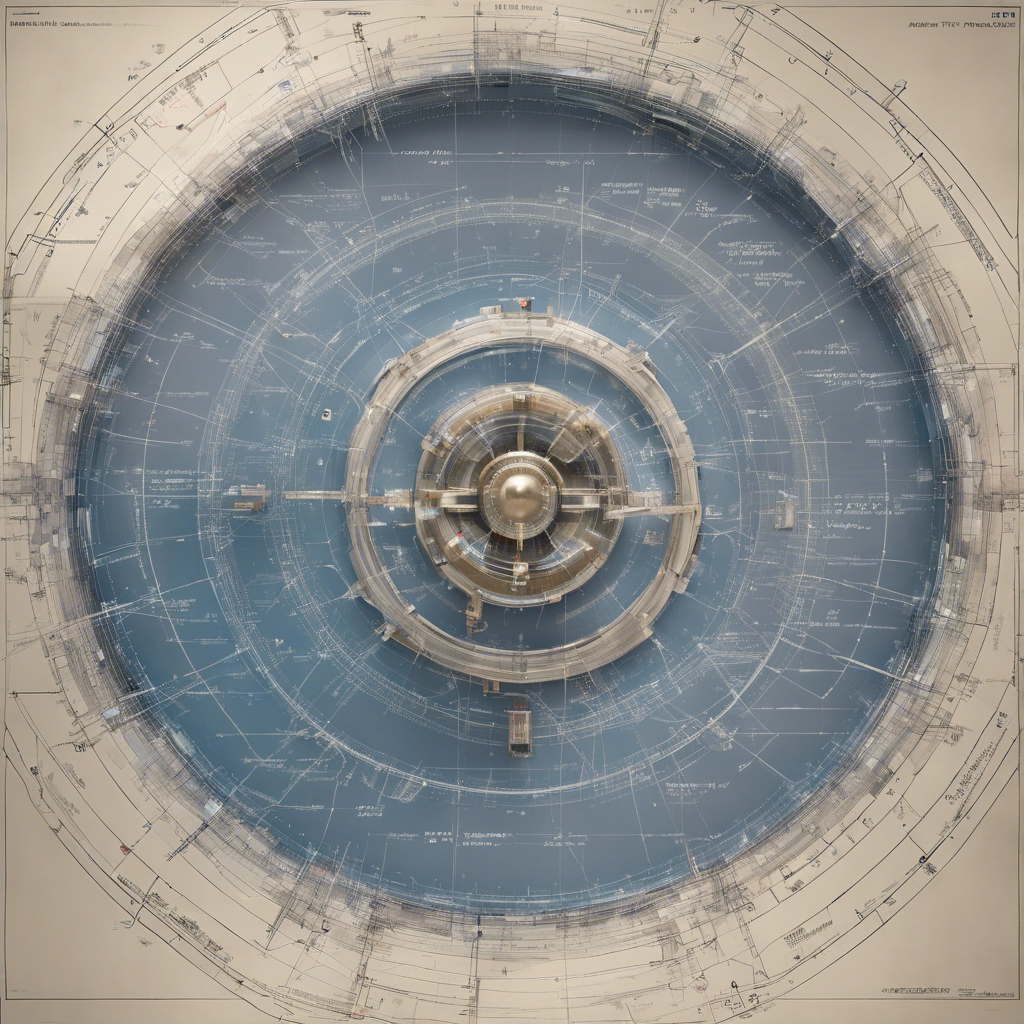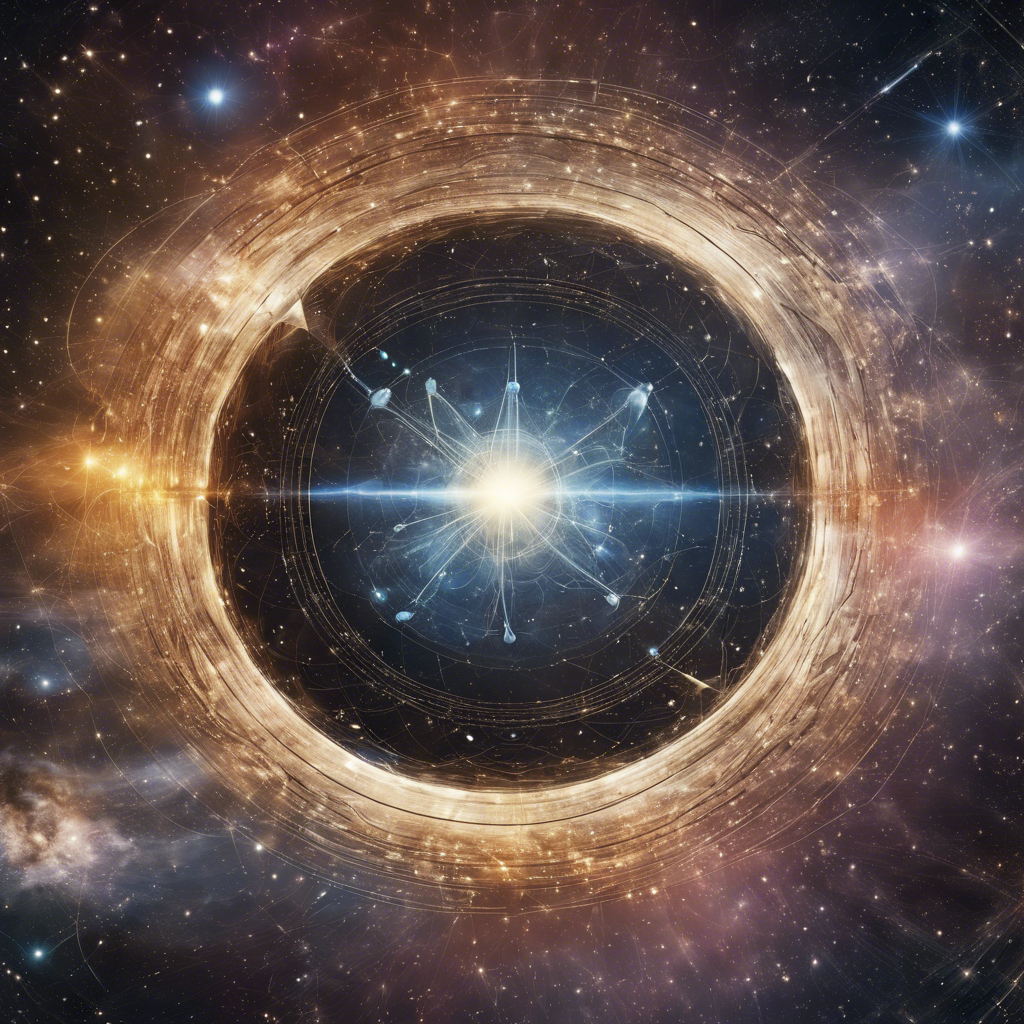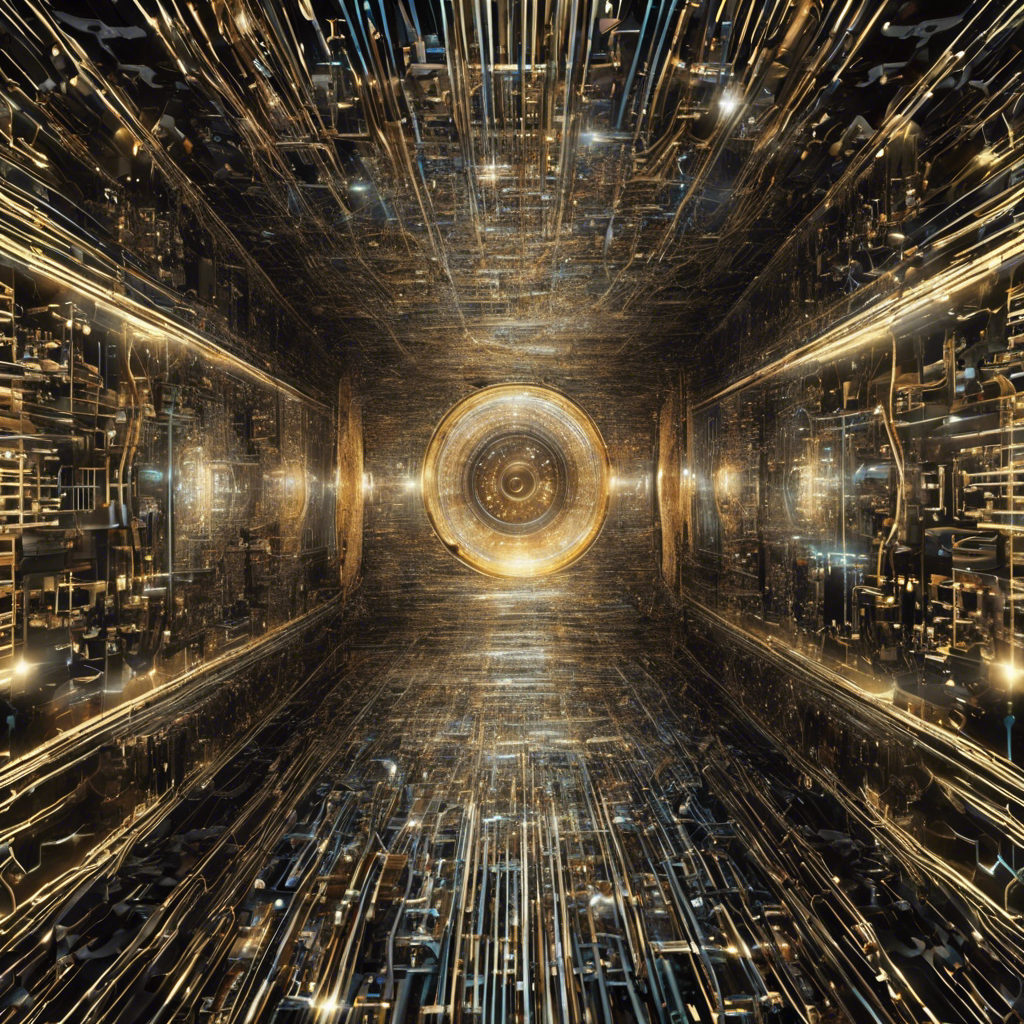New Strategy Aims to Restore American Primacy in High Energy Particle Physics
In a bid to regain its position as a global leader in high energy particle physics, scientists in the United States have approved a groundbreaking blueprint for the next two decades. The strategy centers around the development of a revolutionary particle collider that could be constructed on American soil. By colliding muons, which are point-like particles similar to electrons but more massive, researchers hope to delve deeper into the mysteries of the universe and uncover new forces and particles. This ambitious project, if successful, would not only restore American particle physics to its former glory but also propel scientific innovation and discovery.
Muons vs Protons: The Quest for Deeper Exploration
The proposed particle collider would utilize muons instead of protons, which are currently used in the Large Hadron Collider at CERN. Muons have the advantage of providing more bang for the buck, enabling scientists to delve further into the unknown realms of particle physics. By colliding muons, researchers hope to unlock new frontiers and gain a deeper understanding of the fundamental building blocks of the universe.
Restoring American Primacy: A New Era for Particle Physics
The siting of this cutting-edge project, potentially at the Fermi National Accelerator Laboratory in Illinois, holds immense significance for American particle physics. It would mark a pivotal moment in reclaiming the primacy that was lost in 1993 when Congress canceled the Superconducting Super Collider. By positioning itself as a global leader in high energy particle physics once again, the United States would not only attract top scientific talent but also foster a thriving ecosystem of innovation and discovery.
Challenges and Timeline: The Road to Success
While the approval of the blueprint is an exciting step forward, the road to realizing the muon collider is not without its challenges. Scientists estimate that it will take at least a decade to demonstrate the feasibility of the project and determine its cost. Rigorous research, development, and testing will be required to ensure the viability and safety of the collider. However, the potential rewards in terms of scientific breakthroughs and technological advancements make this investment of time and resources worthwhile.
International Collaboration: Building Bridges for Progress
In the pursuit of scientific knowledge, collaboration is key. The development of a muon collider in the U.S. presents an opportunity for international collaboration and cooperation. By fostering partnerships with scientists and institutions from around the world, the United States can leverage global expertise and resources to accelerate progress and achieve groundbreaking discoveries. This collaborative approach will not only strengthen scientific ties but also promote diplomacy and unity in the pursuit of knowledge.
Societal Impact: Beyond Science and Innovation
The impact of particle physics research extends far beyond the realm of scientific discovery. Investments in cutting-edge technology and infrastructure have the potential to drive economic growth and create new industries. The development of a muon collider would require the collaboration of scientists, engineers, and technicians, fostering job creation and skills development. Moreover, the knowledge gained from particle physics research can have far-reaching implications in fields such as medicine, energy, and materials science, benefiting society as a whole.
Conclusion:
With the approval of the blueprint for a revolutionary particle collider, scientists in the United States have set their sights on reclaiming American primacy in high energy particle physics. The potential construction of a muon collider on American soil represents a significant opportunity to push the boundaries of scientific knowledge and explore the mysteries of the universe. While challenges lie ahead, the rewards in terms of scientific breakthroughs, technological advancements, and societal impact make this endeavor a worthwhile investment. By fostering international collaboration and embracing innovation, the United States has the potential to redefine the future of particle physics and solidify its position as a global leader in scientific discovery.











